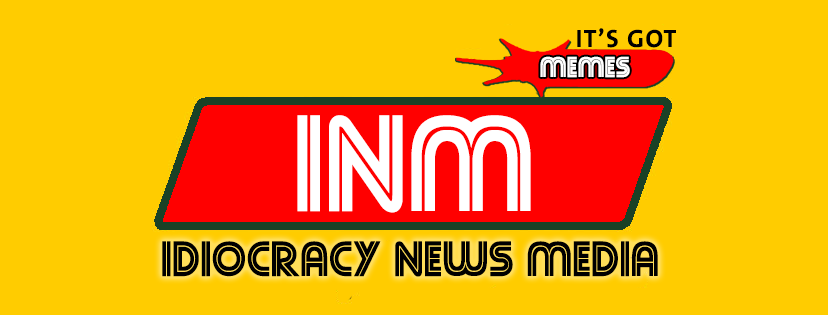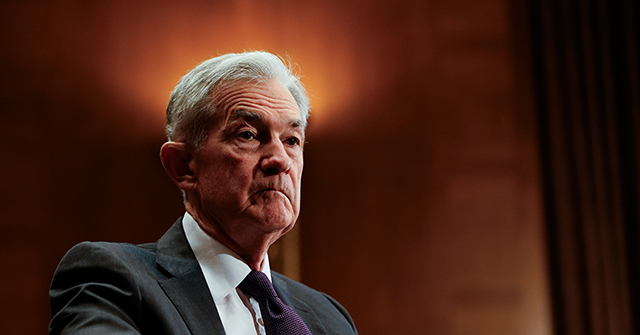Federal Reserve hawks may be on the verge of making a reckless bet based on incomplete information. They’re focused on their own conviction that a tariff-driven price increase in goods is building up behind the scenes, causing them to fear that further rate cuts risk reigniting inflation. But they’re ignoring substantial demand weakness in the underlying consumer data that undermines their entire case.
The hawks worry that businesses are currently absorbing tariff costs but will pass them along in 2026, creating persistent inflation. And although the headline inflation numbers were milder than expected in September, the hawks point to data showing that a measure of consumer prices excluding energy and food accelerated to 3.6 percent annualized over the three months through September, according to the Wall Street Journal, up from 2.4 percent in the three-month period through June.
Federal Reserve Chairman Jerome Powell testifies before the Senate Banking Committee on June 25, 2025, in Washington, DC. (Kent Nishimura/Getty Images)
Focusing on that data point, however, suggests a conviction in search of data to support it rather than a sober analysis. Annualizing the most recent three months of data can be useful for detecting a trend, but it can also be misleading if not viewed through a longer framework. Goods prices rose at an annualized rate of 2.8 percent in the three months through September. Viewed alone, that looks like an alarming inflationary trend. But year-over-year, goods prices are up just 1.5 percent, which suggests the acceleration over the past few months is more like a reversion to the mean, with goods prices playing catch-up.
Consumer spending data also hurts the hawkish case. In the absence of official retail sales numbers, which haven’t been produced due to the government shutdown, we look to Bank of America data on credit and debt card spending. The most recent data shows that lower-income households are spending only 0.7 percent more year-over-year compared to 2.7 percent for higher-income households. Debit card spending is accelerating faster than credit card spending, suggesting households are shifting to cash-flow-conscious behavior. The Bank of America survey found 62 percent of households reporting financial strain, with 87 percent of those planning to shop at discount stores. This doesn’t match the profile of an economy where businesses can confidently pass on higher costs, whether from tariffs or otherwise.
The labor market is telling a similar story. Monthly payroll job growth has collapsed from 168,000 in 2024 to just 29,000 through August. No doubt, this partly reflects reduced immigration, with hiring slowing because the supply of available workers has contracted. But there is also reason to be concerned about the demand for labor. Construction employment looks poised to deteriorate as the commercial real estate is clearly in a recession and residential builders are likely to downsize payrolls as they scale down projects to deal with an overstuffed inventory of unsold new homes. A Harris Poll conducted for Bloomberg News found 55 percent of employed Americans are concerned about job loss, with 48 percent believing comparable work would take four months to find.
“Recession-like dynamics across several different industries increases the risk of additional layoffs in the quarters ahead. Because the hiring rate is low, a small increase in layoffs may have outsized effects on unemployment. Just because conditions seem to be gradually cooling today does not close the door on a more abrupt shift in labor market conditions later. Downside risks remain high,” Neil Dutta of Renaissance Macro wrote in a recent note to clients.
The hawks’ case really rests on their seemingly unmovable conviction that barely visible tariff-driven price increases will accelerate and become widespread as businesses eventually pass costs along. But weak demand and fear of job insecurity makes that unlikely. When consumers are barely spending, switching to discount stores, and anxious about jobs, businesses can’t sustain price increases.
Breitbart News
Read the full article .


